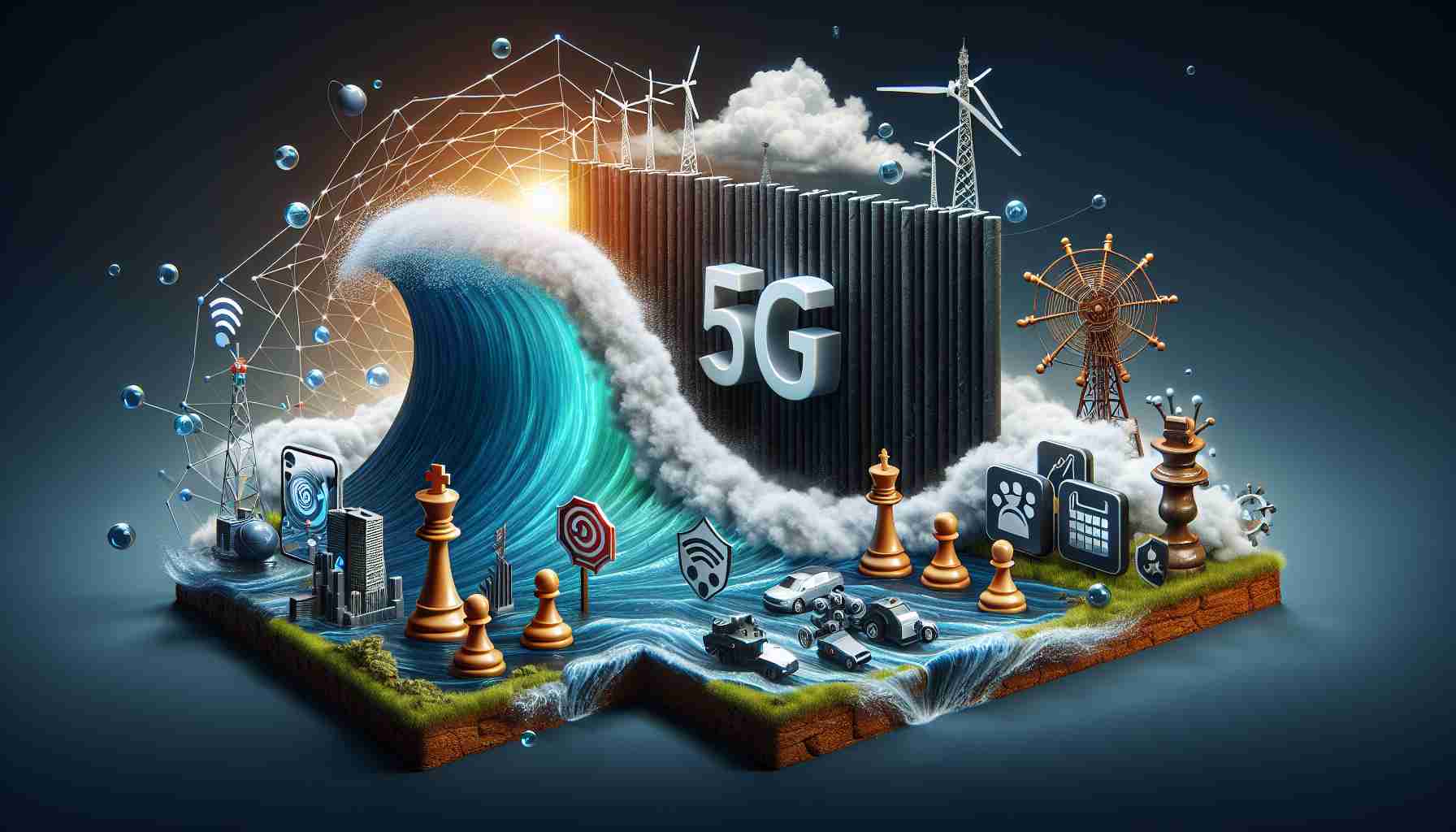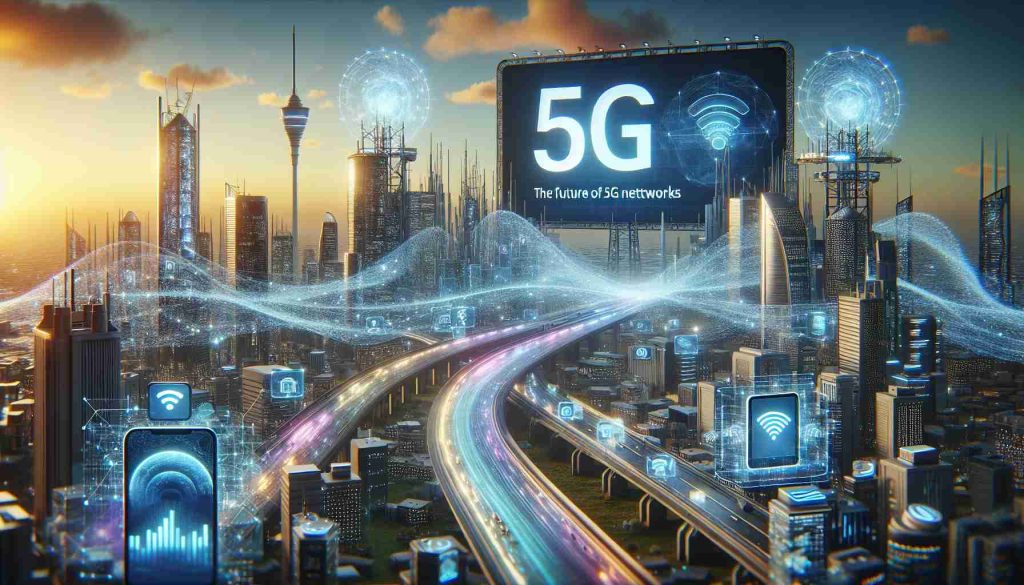The Future of Communication: The Battle of 5G Standards
In the ever-evolving landscape of telecommunications, the roll-out of true 5G technology hasn’t progressed as swiftly as anticipated. Notably, the key differentiation lies between non-standalone (NSA) and standalone (SA) 5G networks. While NSA operates using existing 4G frameworks, 5G SA intends to establish a completely autonomous framework designed to revolutionize connectivity. The significant leap to 5G SA is likened to moving from basic to cutting-edge technology.
Expert Panel Uncovering the Delay
A recent webinar provided an engaging platform for experts from major industry players like Ookla and T-Mobile to discuss various impediments that have hindered the smoother implementation of 5G SA. They highlighted that various technical challenges, the complexities of transitioning from current systems, and ambiguous financial returns have all contributed to a sluggish rollout—only a small fraction of global networks currently utilize this advanced technology.
T-Mobile’s Pioneering Efforts
Contrasting with the cautious approach of many, T-Mobile has adopted a proactive strategy in transitioning to 5G SA, pursuing advanced services and enhanced network performance. As they navigate challenges like device compatibility and user education, T-Mobile aims to lead the industry by demonstrating the transformative potential of standalone 5G.
As industry giants push for this upgrade, the emphasis remains not just on improving connectivity but also on unlocking entirely new technological possibilities, paving the way for a truly connected future.
Unlocking the Power of 5G: Tips, Life Hacks, and Interesting Facts
As the 5G landscape continues to develop, it’s vital for both consumers and businesses to understand how to make the most of this revolutionary technology. Here are some essential tips, life hacks, and fascinating facts about 5G that can enhance your experience and knowledge.
Understanding 5G Technology
Before diving into practical tips, it’s helpful to grasp what 5G actually is. Unlike previous generations, 5G requires a different infrastructure that enables higher speeds, lower latency, and the capacity to connect many more devices simultaneously. This technology is crucial for emerging applications like smart cities, augmented reality, and the Internet of Things (IoT).
Tips for Optimizing Your 5G Experience
1. Check Compatibility: Ensure your device supports 5G bands. Newer smartphones and technology will provide you with the best experience. Research your device’s specifications to explore its 5G capabilities.
2. Stay Software Updated: Regularly updating your device’s software can improve performance and connectivity. Manufacturers often release updates that enhance 5G functionality.
3. Use Wi-Fi and 5G Together: While 5G provides excellent speed, it’s still beneficial to use Wi-Fi in scenarios where connectivity is crucial, such as during video calls or when streaming content. Combining the two can often yield the best performance.
4. Explore 5G Plans: Try to find mobile plans that cater specifically to 5G users. Some carriers offer exclusive deals or features that take advantage of the enhanced connectivity.
5. Utilize 5G-Enabled Devices: For businesses, investing in IoT devices that run on 5G can transform operations. From smart sensors to connected vehicles, the possibilities are vast.
Life Hacks with 5G
– Smart Home Integration: Use 5G to enhance smart home systems. With low latency and high bandwidth, you can control multiple devices seamlessly, from lighting to security cameras, all while ensuring lightning-fast response times.
– Remote Work Efficiency: If you’re working from home and have access to 5G, ensure your major work applications are 5G compatible. This can improve cloud-based workflows and video conferencing quality.
– Gaming Experience: For gamers, 5G can reduce lag time and improve downloads for online gaming. Make sure to adjust your game settings to optimize performance for the best experience.
Interesting Facts About 5G
– Speed Comparison: 5G can be up to 100 times faster than 4G LTE. This means downloading a full HD movie could take mere seconds!
– Global Rollout: By 2025, the global 5G network is expected to cover about 66% of the world’s population, providing unprecedented access to high-speed internet.
– Low Latency: 5G boasts ultra-low latency, reducing the lag between devices to just 1 millisecond, which is essential for applications requiring real-time interactions.
– Enhanced Connectivity: A single 5G cell tower can support up to a million connected devices at once, paving the way for comprehensive smart city applications and IoT ecosystems.
Looking to the Future
The 5G rollout is transforming how we communicate, work, and interact with technology. By understanding how to adapt to and utilize 5G, you can leverage its advantages for personal and professional gain. To stay informed on the latest trends in telecommunications, consider visiting T-Mobile.























